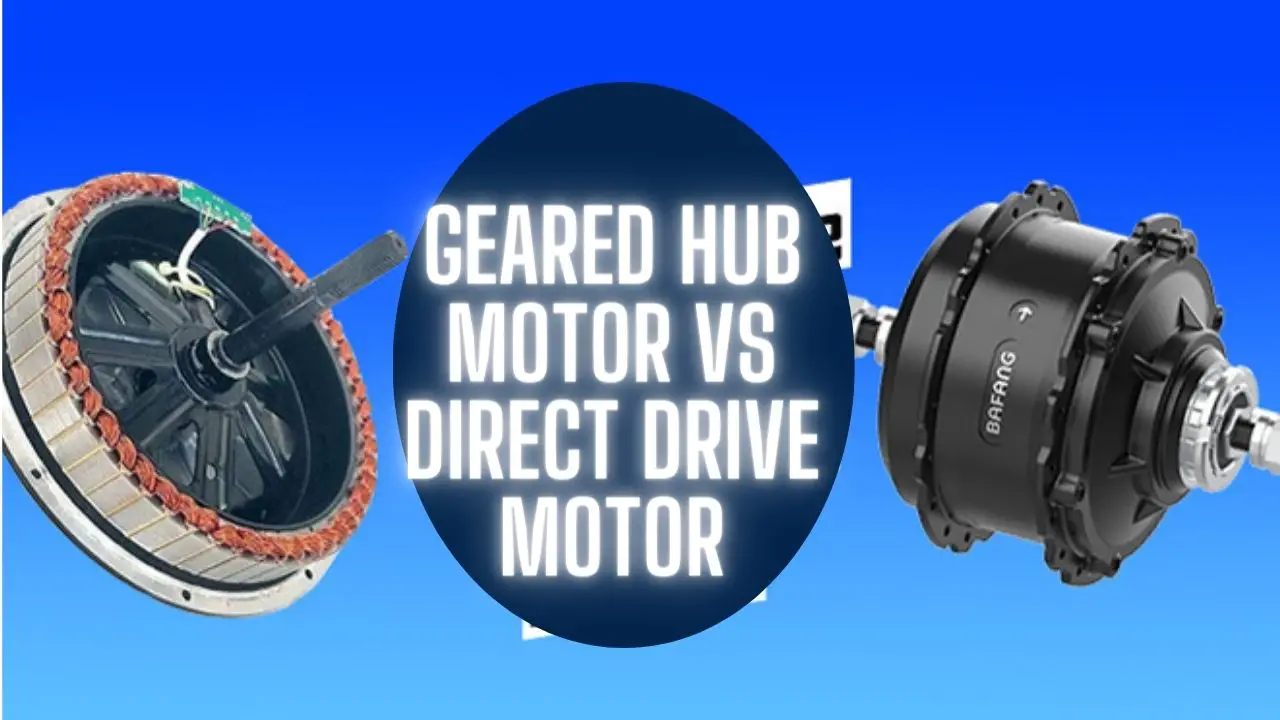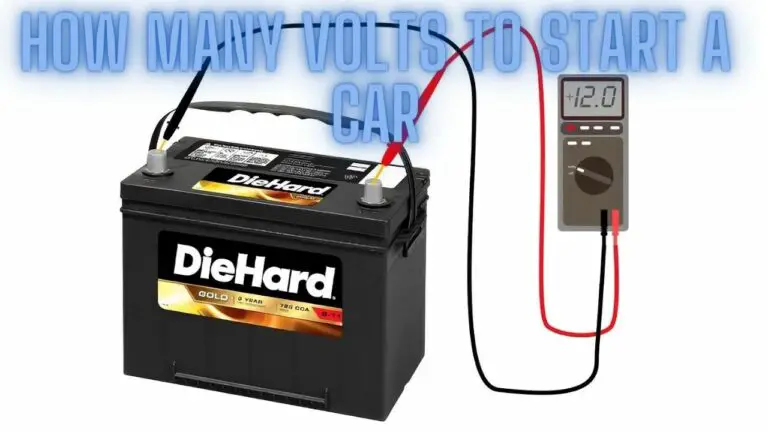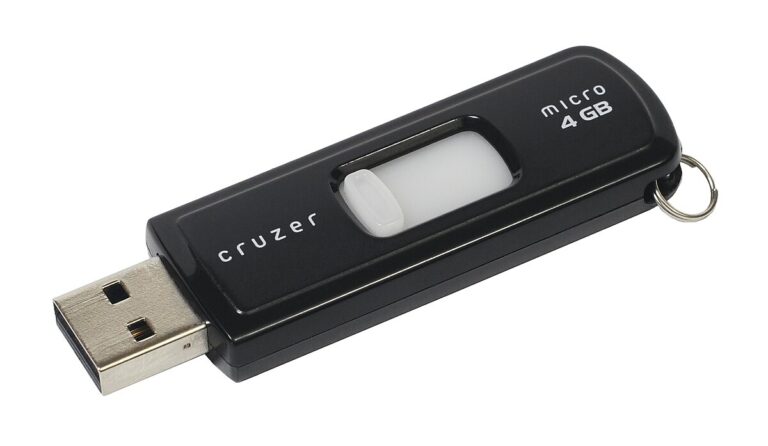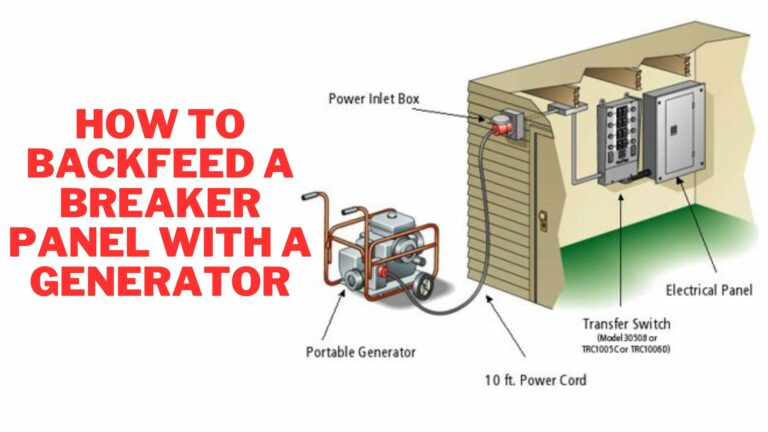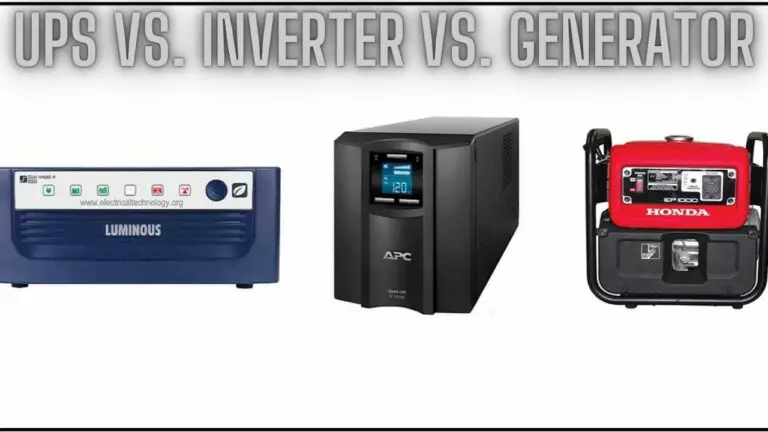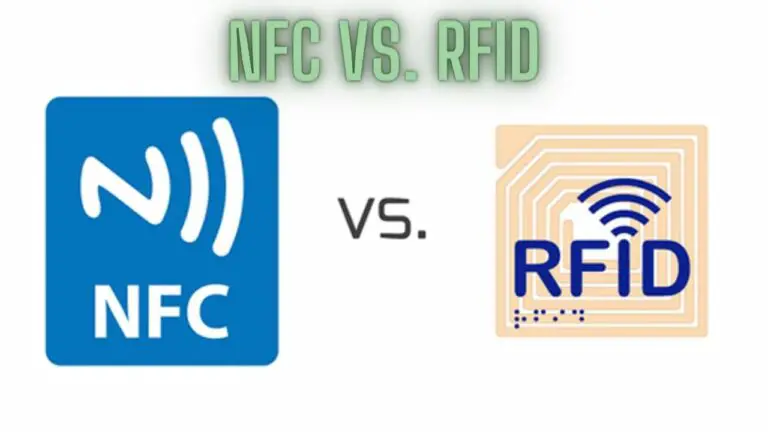Geared Hub Motors vs. Direct Drive Motors: Unveiling the Power Behind Electric Bikes
Introduction
Electric bicycles, or e-bikes, have surged in popularity, offering a versatile and eco-friendly mode of transportation. One of the crucial components that shape an e-bike’s performance is the type of motor it employs. Geared hub motors and direct drive motors are two prominent options, each with its own set of advantages and considerations. Let’s delve into the mechanics, benefits, and considerations of these two motor types.
Geared Hub Motors: Efficiency Meets Compactness
A geared hub motor incorporates a set of internal gears within the motor hub. When the motor is engaged, these gears transmit power from the motor to the wheel. This design results in a compact and lightweight motor with a range of benefits:
Advantages:
- Efficiency: Geared hub motors are known for their efficiency due to the mechanical advantage provided by the gears. This translates into better acceleration and hill-climbing ability.
- Compact Design: The internal gear setup allows for a smaller motor size, making it easier to integrate into the bicycle’s frame. This is particularly beneficial for maintaining the aesthetic and handling of the bike.
- Low Resistance: When the motor is not active, geared hub motors have lower resistance, allowing for a more natural pedaling experience when using the bike without electric assistance.
- Higher Torque at Low Speeds: The gear reduction mechanism of geared hub motors provides higher torque at lower speeds, which can be advantageous for starting from a standstill or climbing steep inclines.
Considerations:
- Maintenance: Geared hub motors have more moving parts due to the internal gears, which might require occasional maintenance.
- Noise: The internal gears can create some noise during operation, although this is usually not very noticeable when riding.
Direct Drive Motors: Smooth Power and Minimal Friction
Direct drive motors, also known as gearless hub motors, do not contain internal gears. Instead, they rely on a larger number of wire windings to generate magnetic force, resulting in a smooth and quiet operation.
Advantages:
- Durability: Direct drive motors have fewer moving parts compared to geared hub motors, leading to potentially lower maintenance needs.
- Quiet Operation: The absence of gears results in quieter operation, offering a near-silent ride.
- Regenerative Braking: Some direct drive motors can offer regenerative braking, converting kinetic energy back into electrical energy and extending the battery life.
- Sleek Aesthetics: The lack of visible gears gives direct drive motors a cleaner and more seamless appearance.
Considerations:
- Weight: Direct drive motors are generally heavier due to the absence of gears, which might affect the overall weight and handling of the bike.
- Lower Torque: Direct drive motors produce less torque at lower speeds, potentially affecting acceleration and hill climbing.
- Resistance: The absence of gears means that there is slightly more resistance when pedaling the bike without motor assistance.
Differences between Geared Hub Motors vs. Direct Drive Motors
Electric bicycles, or e-bikes, have ushered in a new era of cycling by integrating electric propulsion systems. Two common types of e-bike motors are geared hub motors and direct drive motors. These motors differ in their design, performance characteristics, and applications. Let’s examine the distinctions between these two motor types:
1. Design:
Geared Hub Motors:
- Geared hub motors feature internal gears within the motor hub itself.
- The gears amplify the motor’s torque output, enabling better acceleration and hill-climbing capability.
- This design results in a compact and lightweight motor that is easily integrated into the bike’s frame.
Direct Drive Motors:
- Direct drive motors, also known as gearless hub motors, lack internal gears.
- These motors rely on a larger number of wire windings to generate magnetic force.
- Direct drive motors are typically larger and heavier due to the absence of gears.
2. Performance:
Geared Hub Motors:
- Geared hub motors excel in providing higher torque at low speeds, making them ideal for situations like hill climbs and starting from a standstill.
- They offer efficient power transfer and acceleration, which can enhance the overall riding experience.
Direct Drive Motors:
- Direct drive motors generate less torque at low speeds compared to geared hub motors.
- They are known for their smooth and quiet operation, providing a more serene riding experience.
3. Efficiency:
Geared Hub Motors:
- Geared hub motors are efficient due to the mechanical advantage provided by the gears.
- The gear reduction mechanism enables effective power delivery, particularly for acceleration.
Direct Drive Motors:
- Direct drive motors are efficient in converting electrical energy to mechanical energy, although they can be less efficient in terms of raw acceleration and torque.
4. Maintenance:
Geared Hub Motors:
- Geared hub motors have more moving parts due to the internal gears, which might require occasional maintenance.
- The gears may require adjustments or replacements over time.
Direct Drive Motors:
- Direct drive motors have fewer moving parts, resulting in potentially lower maintenance needs.
- They generally have a longer lifespan due to their simpler design.
5. Weight:
Geared Hub Motors:
- Geared hub motors are lightweight due to their compact design and internal gears.
- They contribute to a balanced weight distribution on the e-bike.
Direct Drive Motors:
- Direct drive motors are typically heavier due to their larger size and the absence of gears.
- The additional weight might affect the bike’s handling and overall weight.
6. Regenerative Braking:
Geared Hub Motors:
- Geared hub motors usually do not offer regenerative braking capabilities.
Direct Drive Motors:
- Some direct drive motors can offer regenerative braking, converting kinetic energy into electrical energy to recharge the battery.
7. Riding Experience:
Geared Hub Motors:
- Geared hub motors provide a dynamic riding experience with enhanced torque and responsiveness.
- They are well-suited for urban commuting and hilly terrains.
Direct Drive Motors:
- Direct drive motors offer a smooth and quiet ride, making them suitable for leisurely rides and scenic routes.
- They are often favored for relaxed, enjoyable cruising.
Choosing the Right Motor for You
The choice between a geared hub motor and a direct drive motor depends on your riding preferences, terrain, and desired riding experience. If you value efficiency, compactness, and higher torque at lower speeds, a geared hub motor might be your choice. On the other hand, if you prioritize durability, quiet operation, and regenerative braking, a direct drive motor could be the better option.
Consider the type of terrain you’ll be riding on, your preferred riding style, and whether you prioritize acceleration or a smooth and silent ride. Ultimately, both motor types contribute to the diverse and exciting world of e-bikes, offering solutions for a wide range of riders and preferences.
Geared Hub Motors vs. Direct Drive Motors FAQS
What is a geared hub motor?
A geared hub motor is an electric motor used in electric bicycles (e-bikes). It features internal gears within the motor hub, which amplify the motor’s torque output. These gears provide efficient power transfer, enhancing acceleration and hill-climbing capability.
What is a direct drive motor?
A direct drive motor, also known as a gearless hub motor, lacks internal gears and relies on a larger number of wire windings to generate magnetic force. These motors offer a smooth and quiet operation, making them popular for leisurely rides and scenic routes.
Which motor type offers better acceleration?
Geared hub motors are known for better acceleration due to the mechanical advantage provided by the internal gears. The gears allow for efficient power transfer, resulting in higher torque at low speeds.
Which motor type is quieter?
Direct drive motors are quieter due to the absence of internal gears. They offer a near-silent riding experience, making them a preferred choice for riders who value a serene ride.
Are geared hub motors more efficient?
Geared hub motors are generally more efficient in terms of acceleration and hill-climbing ability due to the gear reduction mechanism. They provide a dynamic riding experience and are efficient in converting electrical energy to mechanical power.
Which motor type requires less maintenance?
Direct drive motors typically require less maintenance due to their simpler design with fewer moving parts. Geared hub motors, on the other hand, might require occasional maintenance to ensure the gears are functioning optimally.
Are direct drive motors heavier?
Yes, direct drive motors are typically heavier due to their larger size and the lack of internal gears. This additional weight might affect the overall weight and handling of the e-bike.
Can geared hub motors offer regenerative braking?
Geared hub motors usually do not offer regenerative braking capabilities. This feature is more commonly found in direct drive motors, where the motor can convert kinetic energy into electrical energy to recharge the battery while braking.
Which motor type is better for hilly terrains?
Geared hub motors are well-suited for hilly terrains due to their higher torque at low speeds. They provide better hill-climbing ability, making them a favorable choice for riders who frequently encounter steep inclines.
Which motor type offers a more relaxed ride?
Direct drive motors provide a smooth and quiet ride, making them ideal for leisurely and relaxed cycling experiences. They offer a serene and comfortable ride, perfect for scenic routes and enjoyable cruises.
Which motor type is better for urban commuting?
Both motor types can be suitable for urban commuting, but geared hub motors might be better for urban environments with frequent stops, starts, and the need for quick acceleration.
How do I choose between the two motor types?
Consider your riding style, preferred terrain, desired riding experience, and whether you prioritize acceleration or a quiet ride. Geared hub motors excel in acceleration and hill-climbing, while direct drive motors offer a smooth and quiet ride. Test riding both types of e-bikes can help you make an informed decision based on your personal preferences and needs.
Conclusion
- Geared Hub Motors are suitable for riders who prioritize efficiency, lightweight design, and maneuverability, especially in urban environments with frequent stops and starts or moderate inclines.
- Direct Drive Motors are preferable for riders seeking higher performance, especially on flat terrain or at higher speeds, and who don’t mind the additional weight and size of the motor.
Ultimately, the best choice depends on individual preferences and the rider’s intended use requirements. Riders should consider factors such as terrain, desired level of assistance, maintenance preferences, and overall riding experience when selecting between geared hub motors and direct drive motors for their electric bikes.

